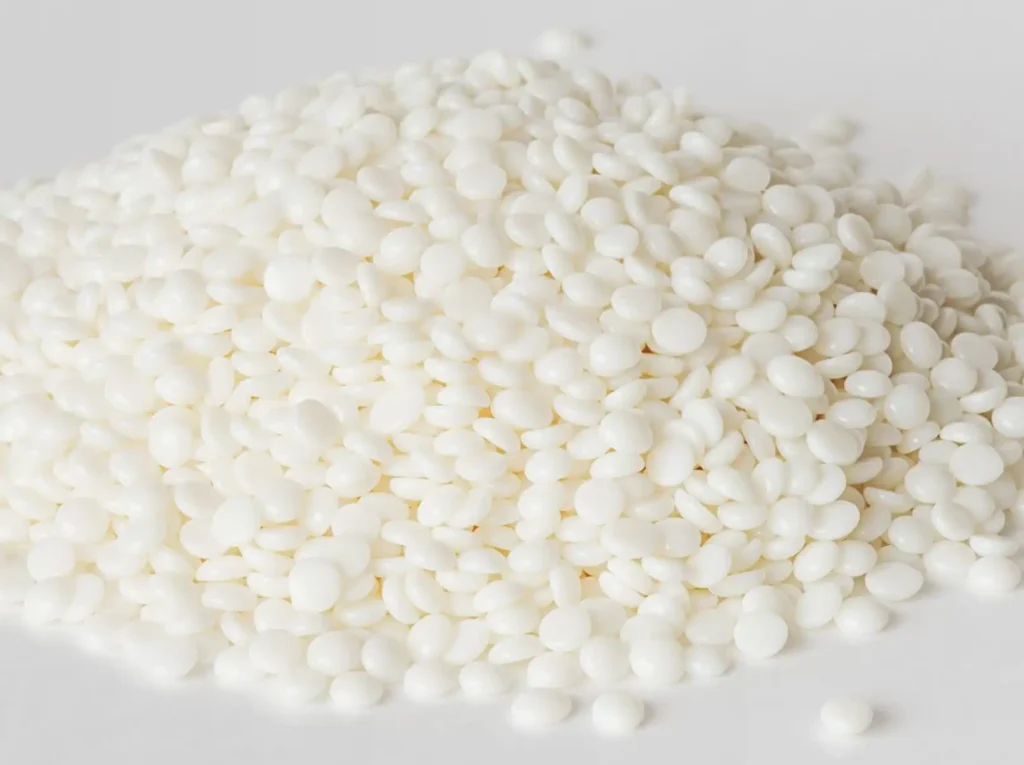According to Messi Biology, the particle size of magnesium oxide has a significant impact on the performance of PBT. Generally, fine magnesium oxide particles can provide better dispersion, thermal stability, flame retardant properties, and processability. However, magnesium oxide with excessively small particle size may bring some processing difficulties, while magnesium oxide with excessively large particle size may lead to uneven performance of the composite material. Therefore, in practical applications, it is necessary to select magnesium oxide with an appropriate particle size according to the specific needs of PBT to obtain the best comprehensive performance. The influence of the particle size of magnesium oxide (MgO) on the performance of PBT is mainly reflected in the following aspects [i]:

- Mechanical PropertiesThe particle size of magnesium oxide directly affects its dispersion in the PBT matrix. If the particle size of magnesium oxide is small, it can be more evenly dispersed in the PBT, forming a more uniform composite material structure, thereby improving the mechanical properties of the PBT. For example, small particle sizes of magnesium oxide can improve the tensile strength, impact toughness, and flexural strength of PBT. This is because fine particles have a larger specific surface area, which can better combine with the PBT matrix to form a stronger interface connection [i].Conversely, magnesium oxide with a larger particle size may form larger aggregates in the PBT, leading to uneven dispersion and affecting the overall mechanical properties of the composite material. Large particle sizes of magnesium oxide may cause defects and micro-cracks, thereby reducing the strength and toughness of the material [i].
- Thermal StabilityAs an inorganic filler, the particle size of magnesium oxide also affects the thermal stability of PBT. Magnesium oxide with a smaller particle size usually performs better in terms of thermal stability. This is because fine magnesium oxide particles can more effectively absorb and disperse heat, and are more likely to form a uniform thermal insulation layer in the PBT, thereby improving overall thermal stability and heat resistance. Small particle sizes of magnesium oxide can help PBT better resist degradation caused by high temperatures [i].Magnesium oxide particles with larger particle sizes may not be able to effectively function as thermal insulation in PBT, resulting in relatively poor thermal stability of the composite material [i].
- Flame Retardant PropertiesAs a flame retardant additive, the particle size of magnesium oxide also has a significant impact on the flame retardant properties of PBT. Small particle sizes of magnesium oxide have a higher specific surface area, which can provide more reaction sites, allowing it to release more water vapor during pyrolysis, absorb heat and slow down flame spread. In addition, fine magnesium oxide particles can better react with the molecular chains of PBT to form a protective layer, further improving the flame retardant effect [i].Magnesium oxide with a larger particle size may not be able to exert such excellent flame retardant effects because its surface area is smaller, and the water vapor and protective layer generated during pyrolysis are relatively small, resulting in a relatively weak flame retardant effect [i].
- ProcessabilityThe particle size of magnesium oxide also affects the processability of PBT. Small particle sizes of magnesium oxide have better fluidity and can be more easily dispersed in the PBT matrix during processing, reducing precipitation or agglomeration during processing. For processing techniques such as injection molding and extrusion, magnesium oxide with a smaller particle size can provide more stable processing performance and higher processing efficiency [i].Large particle sizes of magnesium oxide may cause particle aggregation during processing, which may affect the processing performance of PBT and increase processing difficulty [i].
- Electrical InsulationMagnesium oxide itself has good electrical insulation properties. Therefore, after adding magnesium oxide to PBT composite materials, changes in particle size will also affect the electrical insulation properties of the material. Smaller particle sizes of magnesium oxide can provide more insulation paths, enhancing the electrical insulation of the PBT, while larger particle sizes of magnesium oxide may form larger conductive channels in the material, thereby reducing the electrical insulation properties of the composite material [i].
- Surface ModificationIn order to improve the compatibility of magnesium oxide with the PBT matrix, surface modification techniques are often used. Small particle sizes of magnesium oxide have a larger surface area, so their surface modification effect is usually more significant. After surface modification, small particle sizes of magnesium oxide can better combine with the PBT molecular chains, thereby improving the interface bonding of the composite material and further improving its mechanical properties, thermal stability, and flame retardant properties [i].
